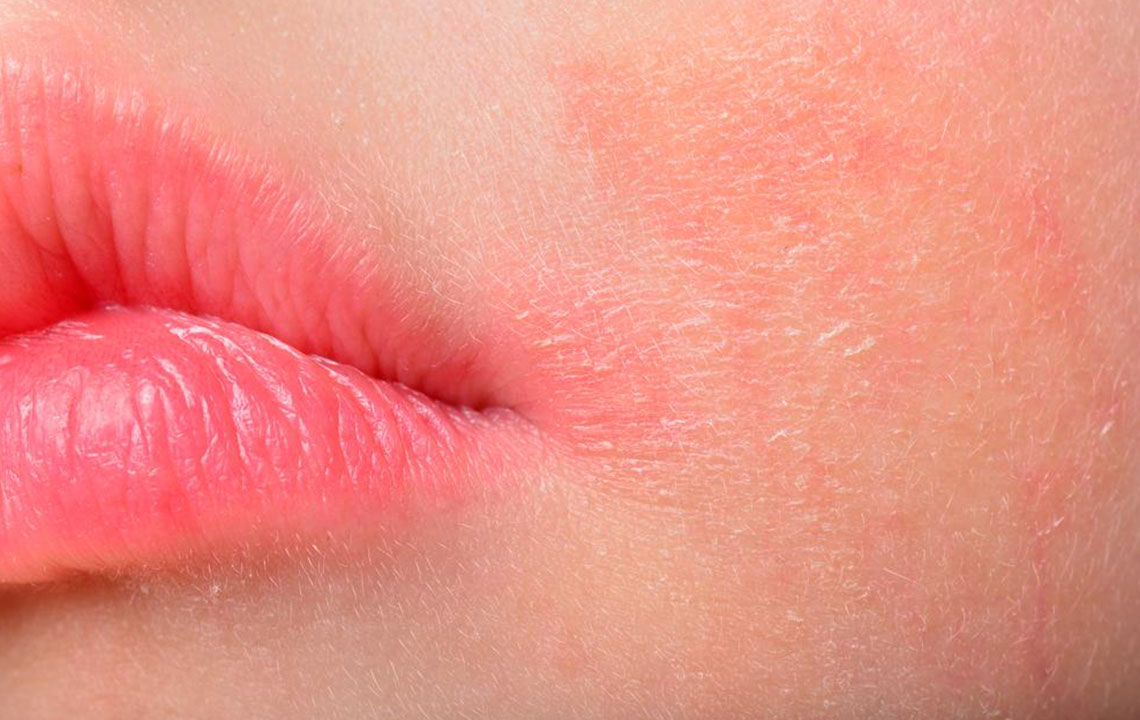Causes, Symptoms and Treatment of Atopic Dermatitis
Atopic dermatitis, also known as atopic eczema, is a chronic skin condition commonly prevalent among children, although it may affect anyone. Worldwide, close to 18 million people are affected by this skin condition. This condition is characterized by a scaly, itchy, dry and red skin.It can pave the way for asthma and allergic rhinitis later on as part of an allergic triad. As per research, approximately 30 percent of the children suffering from this skin condition develop asthma later in life.

Early identification of the condition followed by proper atopic dermatitis treatment may prevent significant indisposition, itchiness, post-inflammatory skin changes and the development of other skin conditions like herpes, staphylococcus, etc.
Causes
Scientists are yet to figure out the actual cause of atopic dermatitis. However, most people who are affected by this skin condition are more prone to allergies, such as allergic rhinitis or hay fever, which can be traced back to their family history. The inflammation is an allergic response that triggers atopic dermatitis. Apart from this, other factors that may trigger itching or rash are as follows-
- Pollutants and allergens like dust mites, pollen, molds, etc.
- Rough soaps and detergents, which trigger itchiness due to rubbing on the skin
- Various chemical and fumes, which may initiate rash
- Sudden changes in weather, like going for a warm shower soon after coming from a cold place
- Emotional stress, such as depression or frustration
- Certain food habits, although it differs from person to person. A good number of children who suffer from atopic dermatitis have some type of food allergies.
- Excessive washing, which may lead to dry skin. The effects are severe, especially in winter.
Symptoms
The symptoms of atopic dermatitis differ from person to person. However, the most common signs are –
- Severe itching
- Cracked or thickened dry skin
- Sensitive and swollen skin due to scratching
- Red or brownish-gray patches all over the body, especially on the hands and feet
- Formation of small bumps that may leak fluid when scratched
Treatment of atopic dermatitis
Patients with atopic dermatitis do not usually require emergency treatment. However, the treatment should be done early to treat eczema herpeticum and bacterial infections. There is no exact cure for atopic dermatitis. As the disease is hereditary in nature, there might not be any specific treatment available very soon. However, there are ongoing researches that have produced exceptional medicines that control the condition to a great extent.
Atopic dermatitis treatment depends on the severity of the problem and is chosen by a licensed medical practitioner. As a precaution, the risk factor which may trigger eczema should be avoided as much as possible. The treatments can be classified into several types:
As a part of this treatment, lotions, creams, and ointments are used. This treatment is aimed at improving the condition of the skin, and the irritation lessens as the condition improves.
Emollients:
Emollients provide essential water and nutrients to the skin to prevent water loss. Almost every patient is prescribed emollients, especially if the condition is within control. Dry skin is most favorable for atopic dermatitis moisture improves the appearance of the skin and reduce the infections. Creams are the most common emollients and are easy to apply. These creams are very effective for dry skins.
Topical steroids:
These are also used to treat eczema. They are highly effective and are usually safe if used correctly. These are available at local drugstores and are usually not recommended for long-term treatment. However, if the eczema is persistent, the patients can use them for years on and off.
Tar solutions:
Various tar solutions like coal tar, pine tar, and other solutions are often suggested by physicians to reduce inflammation and itch. However, they can be messy and have an unpleasant smell.
Other topical solutions:
There are various antiseptic solutions like bleach bath, potassium permanganate, iodine, etc. which are suggested to treat eczema.
Antibiotics : In case there are signs of bacterial infections, antibiotics are most often recommended for any patient undergoing an atopic dermatitis treatment. In most cases, these are given orally and effectively treats bacterial infections such as crusting, and painful swelling. However, antibiotics are not advisable for long-term use.
Oral antihistamines: These are widely used in treating atopic dermatitis. They are known to stabilize the skin condition and reduce the itch. Doctors usually suggest this to patients who suffer from dermographism or urticaria. They are suitable for children as well and induce a good night’s sleep. Often, oral treatments are recommended to those who do not respond to topical and photosensitive treatments.
Phototherapy: Phototherapy or ultraviolet treatment is only recommended for those patients who suffer from severe eczema. In other words, patients whose condition is very severe for a topical treatment are advised to take ultraviolet treatment. This kind of atopic dermatitis treatment is time-consuming and expensive with potential side effects. It is unsuitable for children and people with very fair skin.


